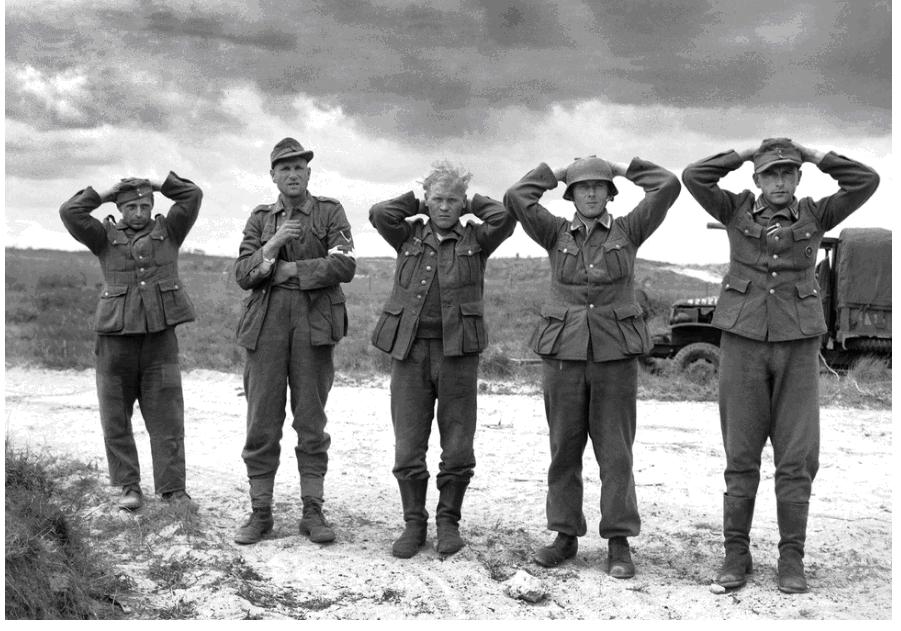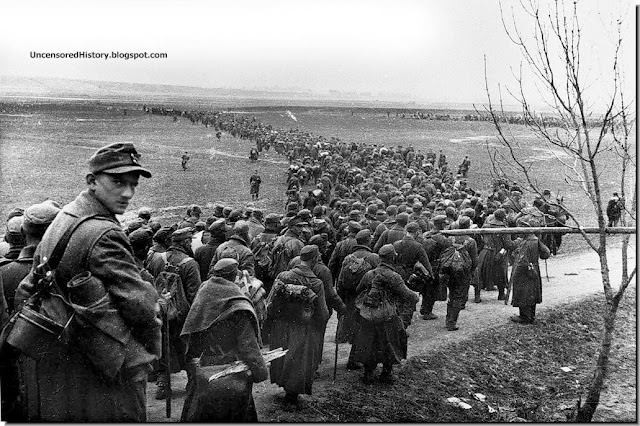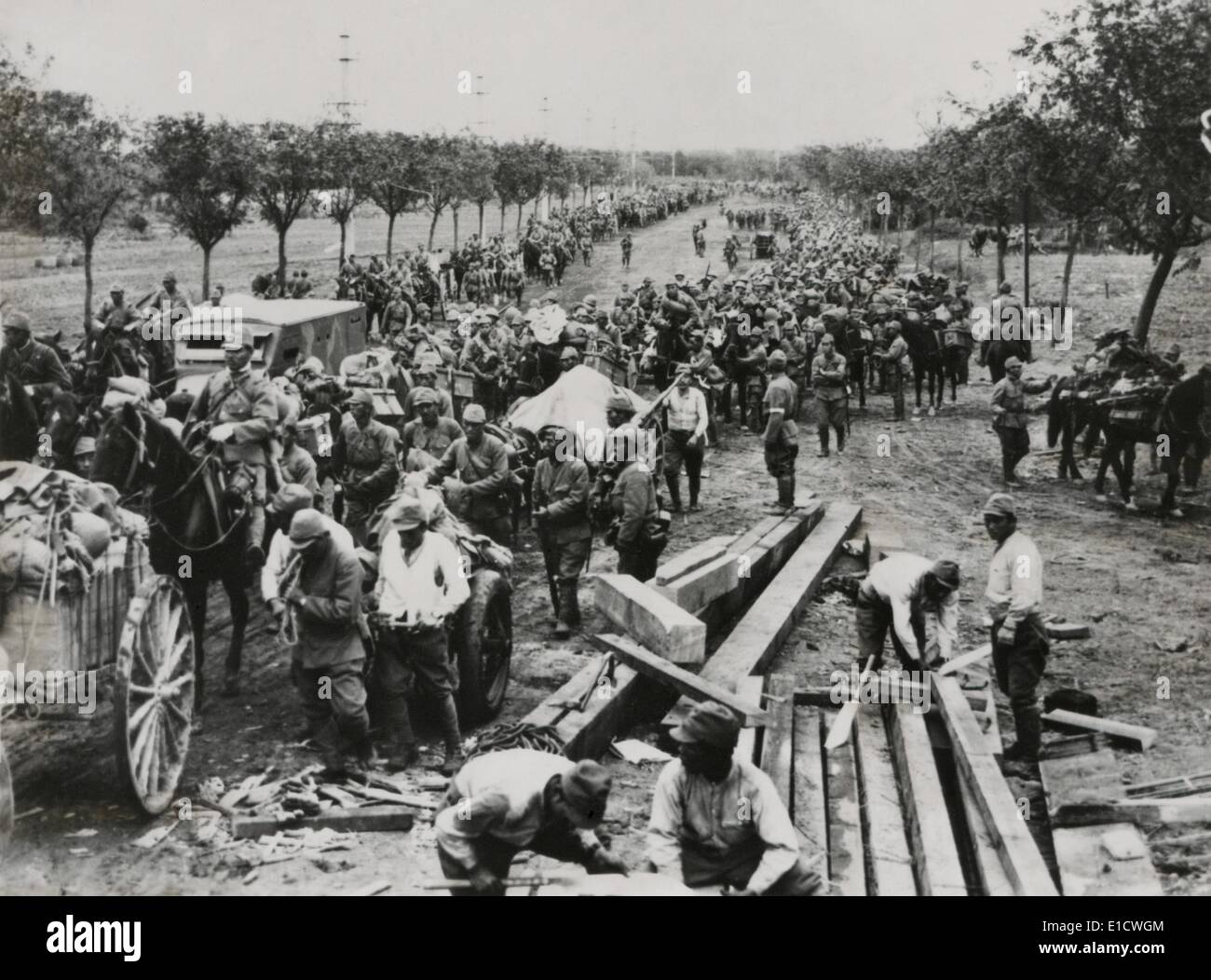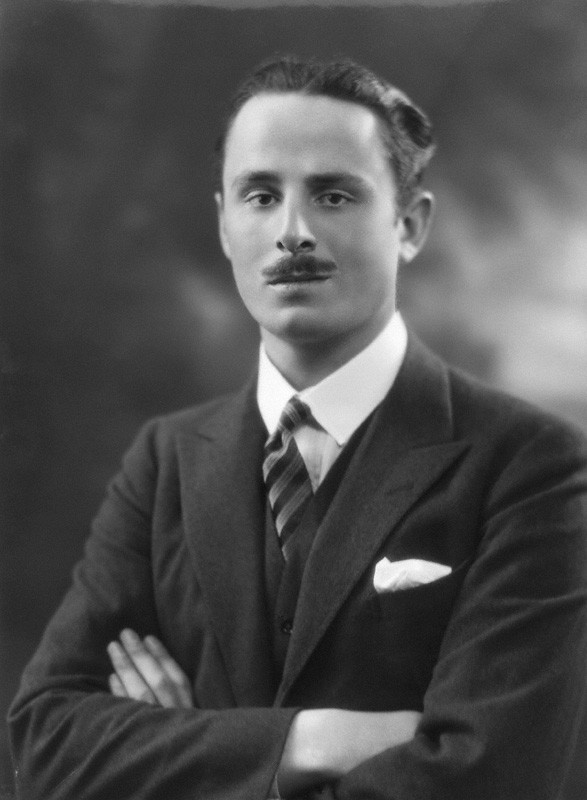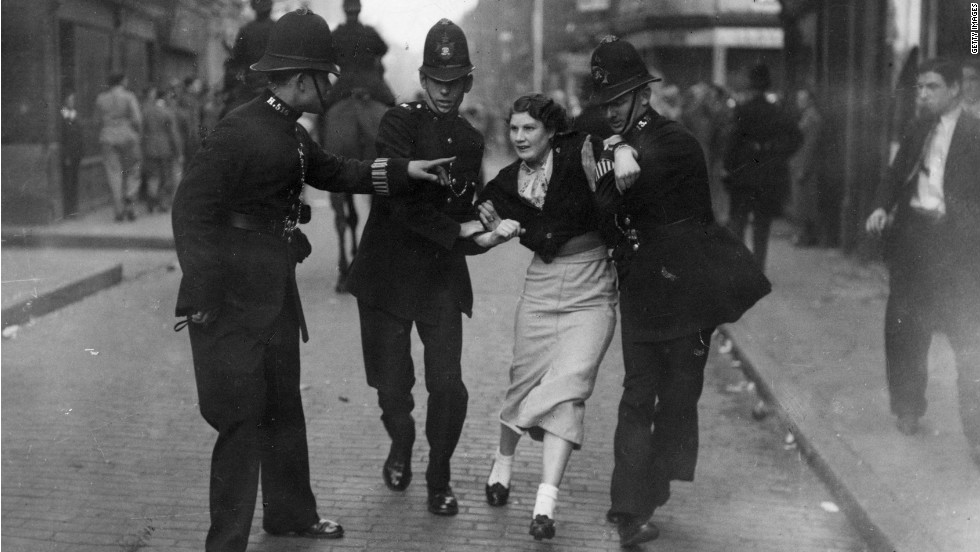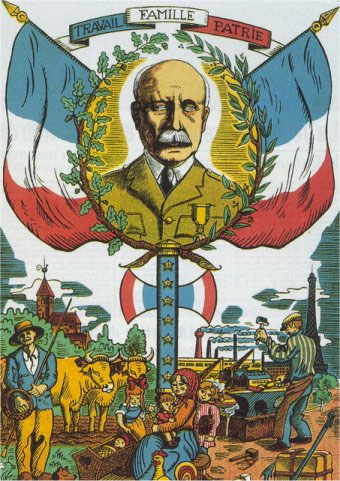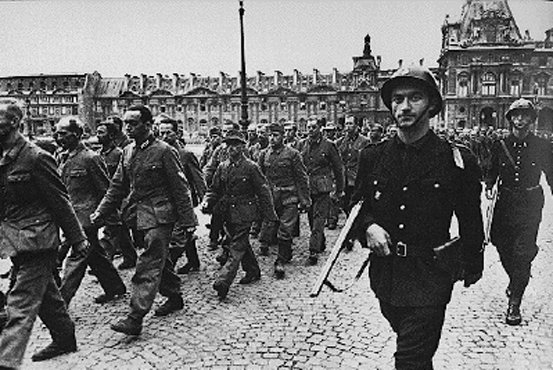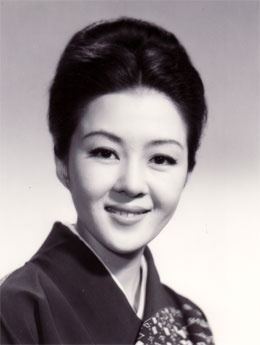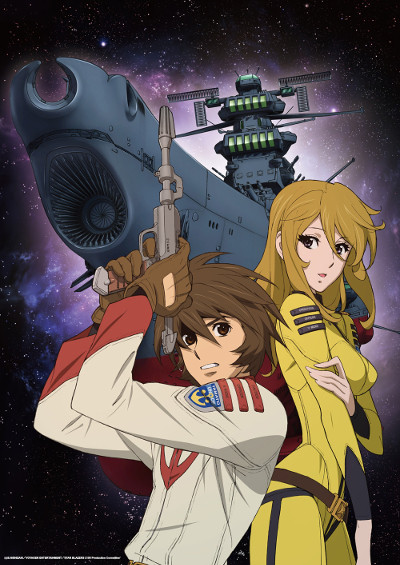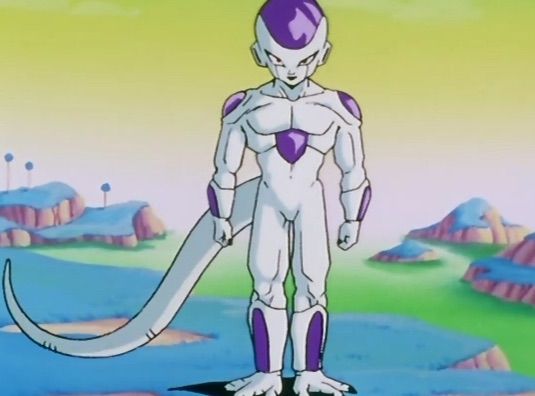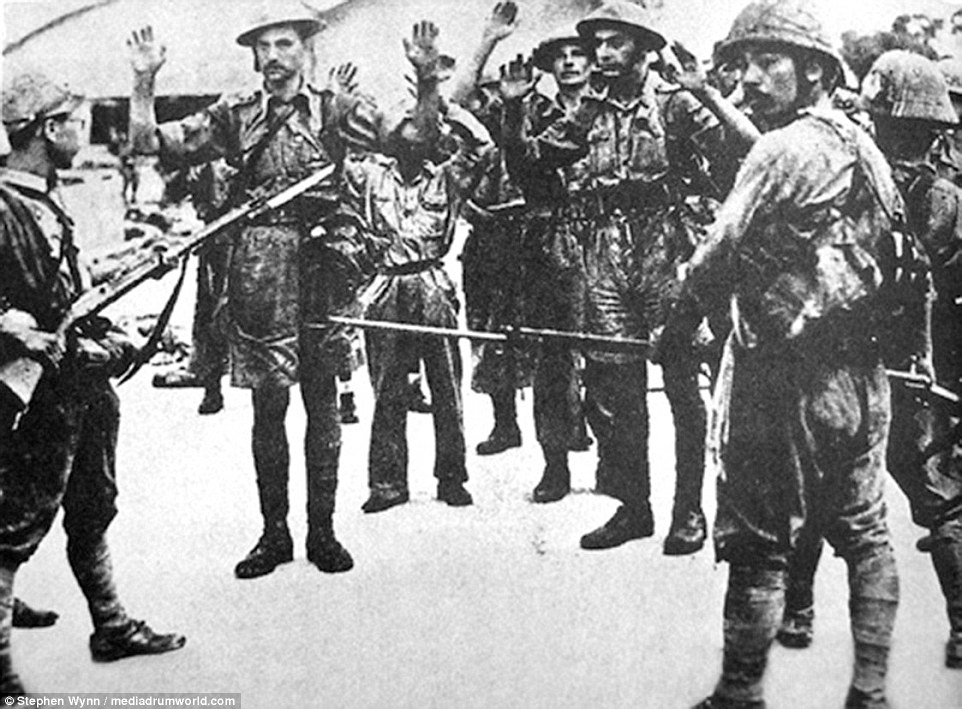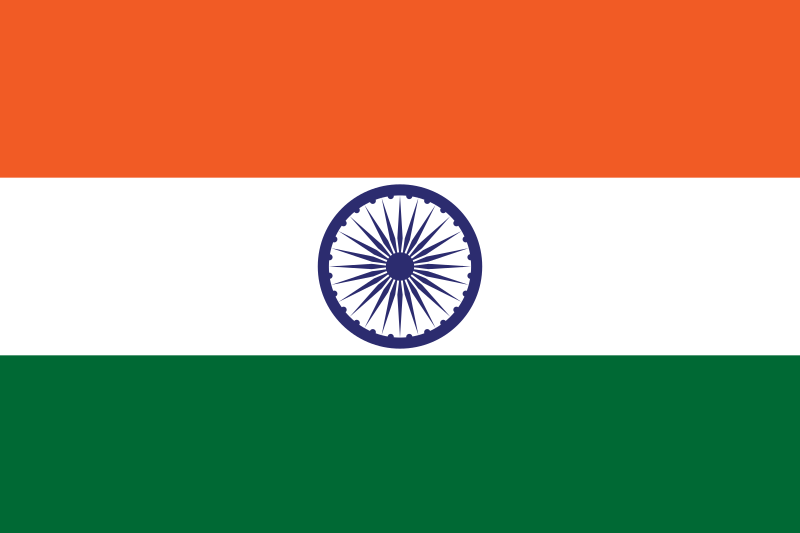Japan’s Post-War Science Fiction Craze/SF-mania (1950s)
Though Japanese mythology had elements that can be best described as proto-science fiction (the best known example is “The Tale of the Bamboo Cutter”), science fiction in the standard sense did not begin until the Meiji Restoration and the importation of Western ideas.
The first science fiction of any influence to be translated into Japanese were the novels of Jules Verne. The translation of Around the World in Eighty Days was published in 1878-1880, followed by his other works with immense popularity. The word 科学小説 (kagaku shōsetsu) was coined as a translation of "scientific novel" as early as 1886.
Author Oshikawa Shunrō, real name Oshikawa Masaari, is generally considered as the ancestor of Japanese science fiction. His debut work Kaitei Gunkan (Undersea warship), published in 1900, described submarines and predicted a coming Russo-Japanese war.
During the period between the world wars, Japanese science fiction was more influenced by American science fiction. A popular writer of the era was Jūza Unno, sometimes called "the father of Japanese science fiction." The literary standards of this era, and the previous, tended to be low. Prior to World War II, the Japanese rarely if ever saw science fiction as worthwhile literature. Instead, it was considered a form of trivial literature for children.
A character considered to be the first full-fledged superhero is the Japanese Kamishibai character Ōgon Bat, who debuted in 1930, eight years before Superman. Another similar Japanese Kamishibai superhero was Prince of Gamma (ガンマ王子) , who debuted in the early 1930s, also years before Superman.
Cover for the Mighty Atom manga (1954).
The era of modern Japanese science fiction, called SF, began with the influence of paperbacks that Japanese soldiers brought back to the Home Islands from the Pacific States of America after Japan’s victory in WWII. The first SF magazine publisher in Japan, Kagaku no surirā 科学のスリラー (Kagaku no surirā/Science thriller) aka KnS was created in 1954 but nearly went under after only one issue of an original SF magazine of theirs, Seiun, did poorly. But a young mangaka by the name of Tezuka Osamu and a little manga called Tetsuwan Atomu or Mighty Atom (known in the West as Astro Boy) saved Kagaku no surirā.
Tezuka Osamu, mangaka of the highly popular Mighty Atom manga.
Mighty Atom was first serialised in KnS in 1954 and proved immensely popular, this popularity paved the way for fans of Mighty Atom to read other works published by the KnS. One such work was the highly successful and militaristic yet thrilling, intellectually stimulating, and suggestive* manga called 宇宙帝国 (Uchū teikoku) or Cosmic Empire which was geared towards boys and girls of adolescent age (though mostly to boys). Cosmic Enpire was written by Machiko Hasegawa, the first woman to become a mangaka.
Hasegawa Machiko, mangaka of the cult classic Cosmic Empire manga.
With the Second World War over and Japan’s place as the sole great global power over the world secured, people like Machiko started to look to the stars for Japan’s next conquests. Cosmic Empire would be a tale of heroic interstellar conquest and exploration by the fictional 地球の偉大な帝国 (Chikyū no idaina teikoku) or Great Empire of the Earth, commonly referred to as the Terran Empire which was heavily based off the Greater Japanese Empire. Cosmic Empire, which in time would be regarded by many as a cult classic, and Mighty Atom would later get animated shows in the mid-1960s.
A Cosmic Empire poster - featuring the two main characters, Fujioka Hanzo and Itou Chiyo.
Brigadier General Lord Lawrence Clarke, an alien from Cosmic Empire. He hails from the Celestial Imperium, comes from an alien race called the Celestialites, and is the main antagonist of the manga and show.
When Hanzo and Chiyo first meet Clarke they discover that he has a British aristocratic accent, later on when the Celestial Imperium is explored/expanded upon it is revealed to be heavily influenced by the British Empire at its height. Clarke is a clean well-kept gentleman of high social standing on the outside but is cold, calculating, ruthless, and extremely racist on the inside.
He views the Terrans/humans as nothing more than savage monkeys that are in desperate need of the Celestialites’ civilising touch (mostly through cultural genocide and slavery or as the Imperium calls it serfdom) and he feels that if they will not accept the Imperium’s civilising mission with open arms and resist then they are destined to be exterminated like vermin. Clarke’s racism, and that of the Celestial Imperium, is a mixture of the white man’s burden-style of racism prevalent throughout the Age of Imperialism and the genocidal racism of the Third Reich.
—————————————————————
* = Suggestive for its very attractive female characters and the outfits some of them wear, Cosmic Empire’s females are also well developed strong characters (whereas most other SF manga have them as either one-dimensional support characters or as damsels in distress).

